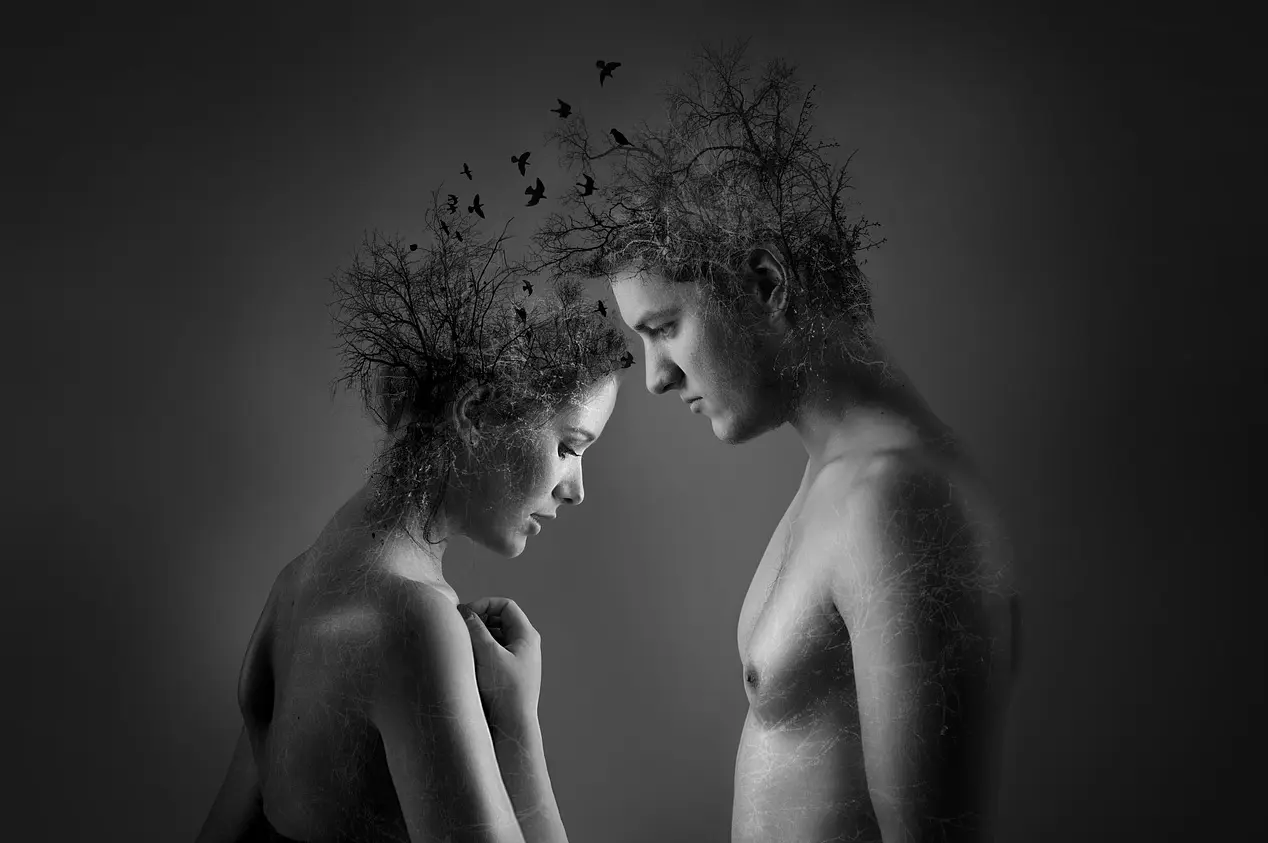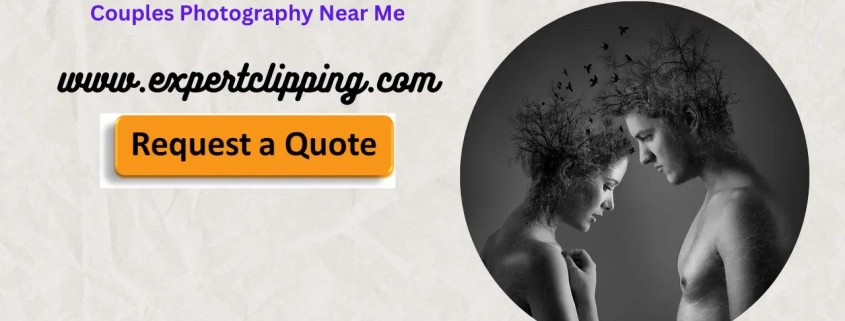Fine Art Nude Photography
Contents
- 1 Understanding Fine Art Nude Photography
- 2 The History and Evolution of Fine Art Nude Photography
- 3 The Artistic Elements of Fine Art Nude Photography
- 4 Ethical Considerations in Fine Art Nude Photography
- 5 Tips for Capturing Stunning Fine Art Nude Photographs
- 6 The Role of Lighting in Fine Art Nude Photography
- 7 Composition Techniques for Fine Art Nude Photography
- 8 Post-Processing and Editing in Fine Art Nude Photography
Understanding Fine Art Nude Photography
Fine art nude photography is a genre that does not just stop at taking the naked human form. It is an embodiment of art that glorifies the beauty within human body and also makes one feel emotional through it. This is where we will look into the essence of fine art nude photography, focusing on its peculiar features and at what distinguishes it from other genres.
Nude fine art photography is not just about nudity; it’s, rather highly sensitive and raw emotions of the subject reflected in her looks. It is a type of art that necessitates an in depth comprehension of the human shape and also capacity to communicate feelings via composition, lighting altogether storyline. The pictures often elicit an atmosphere of wonder, mysticism and eroticism which in turn compels the audience to consider their own feelings as well as interpretations.
First, fine art nude photography puts the emphasis on aesthetics. Professional photographers utilize different methods to develop eye-catching pictures that compel the audience’s attention. From the calculated placement of the body and other objects, to use lighting effects as well as shadowing techniques—all these elements come together in order for this photographic composition technique is deliberate.
Another significant element of narrative that is involved in fine art nude photography. Every photograph has its own narrative, whether it is in investigating the themes of love, loss, identity or society. The photographer, by using the human body as a medium, is able to tell these stories without leaving much room for interpretation and causing the viewer to contemplate about it further.
The History and Evolution of Fine Art Nude Photography
The history of fine art nude photography dates back to the early days of photography itself. In the mid-19th century, as photography was emerging as a new artistic medium, artists began experimenting with capturing the human form in a way that went beyond traditional portraiture. They sought to elevate photography to the status of fine art, using the naked body as a subject to explore themes of beauty, vulnerability, and the human condition.
One of the pioneers of fine art nude photography was French photographer Louis Daguerre. In 1839, he captured one of the first known nude photographs titled “Le Boulevard du Temple.” This groundbreaking image set the stage for the future exploration of the human form in photography.
As photography continued to evolve, so did the genre of fine art nude photography. In the early 20th century, photographers such as Edward Weston and Imogen Cunningham pushed the boundaries of the genre, capturing the human body in new and innovative ways. Their work challenged societal norms and paved the way for future generations of photographers to explore the beauty and complexity of the nude form.
Recently, fine art nude photography has become even more acknowledged and accepted as part of the wider Art world. Hence, the development of digital photography and availability of cameras to ordinary people contributed to a broader spectrum in this genre and allowed for artists giving their own vision. Fine art nude photography goes way beyond private exhibitions and is now being presented in galleries and museums across the globe, placing further emphasis on its prestigious nature.
The history and development of fine art nude photography is a proof that apart from having an enduring appeal, it has also been considered as one form of art. From its modest origins to the current reputation of a prestigious genre, fine art nude photography has fascinated both artists and admirers who guided by their artistic flair push at boundaries of imagination creating in so doing examples that defy prevalent norms.

The Artistic Elements of Fine Art Nude Photography
Nude photography is among the fine art genres that need one to have a great sense of beauty and be able to produce beautiful images. In this section, we are going to discuss the artistic aspects that make fine art nude photography successful such as lighting, composition and storytelling.
Lighting is one of the most important aspects in fine art nude photography. The light can completely change the mood and environment of a photograph, giving it depth, texture and accentuating certain portions of the body. Photographers try various lighting techniques like natural photography, studio photography or a combination of these two and so on. They use light and shadow to chisel out the body, outline curves, create tension and mood.
There is also the element of composition in fine art nude photography. The photographers pay attention to the position of subject in frame, negative space and arrangement props or backgrounds. They attempt to achieve a balance, guiding the viewer’s eye through the picture and forming an aesthetically pleasing composition. The composition may further add to the storytelling character of this photograph, representing intimacy or vulnerability and power.
Fine art nude photography is storytelling. The photographer uses it for communication of what is called the body as canvas instead whether personal or broader agenda based on themes and emotions. The subject’s pose, facial expression and the posture of his/her body contribute to sharing an intended message. The photographer frequently leaves space for interpretation where the viewer can interact with the image and build his or her own story.
Finally, the artistic aspects of fine art nude photography such as lighting techniques, angle and composition besides story telling make for dramatic images that are eye-catching and emotion stimulating. These elements are mastered by professional photographers so that they can produce works of art which transcend pure nudity and encourage the viewer to look into his or her own emotions—and interpretations.
Ethical Considerations in Fine Art Nude Photography
Fine art nude photography is a form of genre that not only stimulates emotions but also makes one think and talk about it. But care must be taken to speak of this genre with reverence towards the topic. In this chapter, the ethical dimensions that photographers should observe when working with nude subjects are discussed.
First of all, it is essential to get the informed consent from a subject before conducting fine art nude photography shoot. The subject to be shot should clearly understand the nature of shoot required and how it will being used; more so, he or she oughts know about any risks that might accompany such a photo-shoot. The photographer should also set firm boundaries and make the subject feel comfortable enough to be safe during the entire procedure.
Privacy and confidentiality are also ethical issues in fine art nude photography. Photographers should do something to conceal the identity of their subjects, either through selective cropping; blurring or other applications. It is important to preserve the privacy of all people included in photographs and get their consent before posting or showing them.
The other ethical issue is to portray the variety of bodies in fine art nude photography. There is a need to fight the standards of beauty as dictated by society and appreciate human form in its diversity. Through the use of subjects with varied ages, body shapes and ethnic backgrounds photographers can produce a more diverse portfolio that appreciates all people as beautiful in their own way.
Finally, the ethical issues in fine art nude photography include getting informed consent; respecting privacy and confidentiality; as well as embracing diversity of body representation. Following these ethical guidelines, photographers can provide a respectful and empowering environment for their subjects as well as contribute to an inclusive and meaningful portrayal of the human body.
Tips for Capturing Stunning Fine Art Nude Photographs
Capturing stunning fine art nude photographs requires a combination of technical skill, artistic vision, and a deep understanding of the genre. In this section, we will explore some tips and techniques that can help photographers elevate their work and create impactful images.
- Establish a Connection: The development of a rapport and the establishment of trust with the subject is vital for capturing images that are true to life and emotionally charged. Take the time to communicate with them and understand their comfort zones, create a comfortable environment that will allow your subject express themselves freely.
- Experiment with Lighting: Lighting is an essential feature of fine art nude photography. Try lighting arrangements like natural light, studio lights or a combination of the two. Experiment with light and shade to achieve depth, texture, as well as mood in your photos.
- Pay Attention to Composition: Composition is critical in fine art nude photography. Pay attention to the position of a subject, negative space as well as arrangement of props or backgrounds. An ideal balance that guides the viewer’s eye around the image and creates a visually satisfying composition is what you should strive for.
- Direct and Pose the Subject: As the photographer, you must lead and steer your subject to capture the poses that desired expressions. Allow the subject some room for individuality and expression; provide clear instructions. Try out different poses and views to get a range of shots.
- Experiment with Perspectives: Don’t be shy to experiment with other points of view and angles. Look into close-ups, original angles and unusual framing to add visual interest as well as provide some sort of newness.
- Capture Emotion and Storytelling: Fine art nude photography is not about showing a naked body; it’s all about emotions and the story. Prompt the subject to be honest and catch scenes that are a reflection of weakness, strength or beauty.
- Edit with Care: Photographs get better in terms of mood and impact after the process of post-processing editing. The lighting, colors and over all look of the image can be fine tuned through editing tools. Nevertheless, ensure that you do not edit or alter the body so much to an extent of losing its originality.
The Role of Lighting in Fine Art Nude Photography
One of the most important components in fine art nude photography is lighting. It can radically alter the mood, ambiance and visual dynamics of a photograph. In this part, we will discuss the lighting aspect of fine art nude photography.
The key thing to remember when working with lighting in fine art nude photography is that there should be a sense of depth and dimension. Lighting can be used to sculpt the body, highlight its curves and contours with shadows that outline these features. The photographer can place the light source in a way that will make shadows which outline, however three-dimensional form of the body.
The fine art nude photography usually prefers natural light for its softness and organic feel. Shooting close to a window and outdoor locations during the golden hour are ideal for creating an ethereal glow on skin. Natural light can also produce fascinating patterns and textures when diffused through curtains or foliage, thus bringing aesthetic appeal to the photo.
However, the studio lighting provides greater control over the light source and enables to make changes in fine detail of a given lighting setup. Most photographers incorporate the use of both artificial lights, including strobes and continuous light sources to achieve this effect. Studio lighting allows for extreme contrasts between light and shade, highlighting the curvature of lines on human bodies.
The direction of the light is another essential factor in fine art nude photography. In front lighting, where the light source is placed in front of a subject then even and soft illumination can be achieved. It is mostly used for a timeless and complimentary appearance. Side lighting can also add a more dramatic effect on the image due to shadows and highlights created by using light at an angle. Backlighting, when the light source is placed behind a subject can create halo effect and yield an air of mystery as well as allure.
In conclusion, lighting is a vital component in fine art nude photography. Whether it is natural light or studio lighting, the deliberate use of shadows and highlights adds to mood, depth and impact of a photograph. A photographer can play around with different lighting setups and directions to produce amazing shots of the human body.
Composition Techniques for Fine Art Nude Photography
An essential component of fine art nude photography is composition. The composition it is the arrangement of elements within the frame that makes a picture visually attractive and effective. In this part, we will discuss some composition approaches that can be applied by photographers to upgrade the level of their fine art nude photographs.
Rule of Thirds: The rule of thirds is a traditional composition method that divides the frame into three equal parts by two horizontal and vertical lines. Positioning the subject in such a way or at their intersections may help achieve visual balance and harmony.
Leading Lines: Lines within the frame that lead a viewer’s eye to the subject are referred to as leading lines. The lines may be produced by the body, props or background elements. They provide depth and visual intrigue to the image, but also help guide a viewer’s eye towards the focal point.
https://www.photographytalk.com/fine-art-nude-photography-tips-from-the-professionals
Negative Space: The negative space is the area of void or empty portion in a frame. Negative space can be used intelligently to create an impression of balance, simplicity and the subject. It enables the viewer to see only beauty and form of body without distracting features.
Framing: Framing is the use of elements within a scene to frame or border the subject. It creates depth, background and aesthetic appeal in the picture. This approach can be attained by shooting through doors, windows or other objects that provide a natural frame around the subject.
Symmetry and Balance: Fine art nude photography may achieve harmony and visual pleasantry through symmetry and balance. Play with symmetrical poses, reflections or compositions of a symmetric balance to create an image that would be striking and balanced.
Unconventional Angles: Don’t shy away from using unorthodox angles and viewpoints. Shooting from above, below or unusual points of vantage can introduce a new and fresh angle to your photographs. It can also have an effect of intimacy or vulnerability depending on the angle.
Emphasize Details: Fine art nude photography is not limited to taking pictures of the entire body but also focuses on details and textures. Capture images by zooming in on parts of the body or focusing intricately, such as with hands, feet and curves.
composition is an important element of fine art nude photography. Through utilization of methods like the rule of thirds, leading lines, negative space, framing symmetry unorthodox angles and highlighting details photographers can create visually stunning images that attract views attention.
Post-Processing and Editing in Fine Art Nude Photography
The process of post-processing and editing is significantly important in fine art nude photography. They enable photographers to intensify the mood, colors and even overall look of their pictures. In this part, we will look at some of the post-processing and editing practices that can take your fine art nude pictures to a higher level.
Adjusting Exposure and Contrast: By adjusting the exposure and contrast, it is possible to improve both overall mood of the image as well its impact. Alter the exposure so that highlights and shadows are properly adjusted, and contrast adjustments should be used to create a sense of depth.





Leave a Reply
Want to join the discussion?Feel free to contribute!